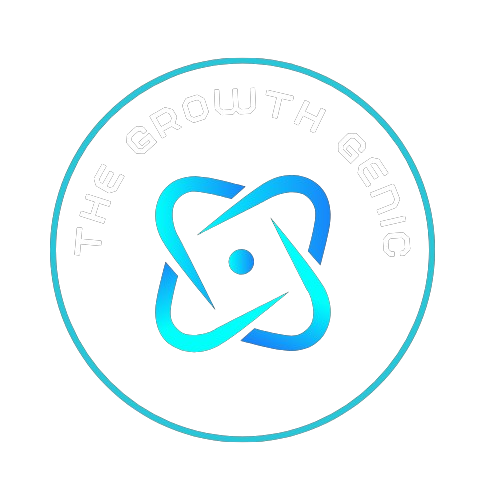In today’s rapidly evolving job market, the demand for skilled data analysts is reaching unprecedented levels. As organizations across industries harness the power of data to drive decision-making, the need for individuals proficient in data analysis has skyrocketed. However, this surge in demand has also exposed a significant gap between the skills employers seek and the skills available in the workforce. In this blog post, we’ll delve into the intricacies of data analysis job requirements, exploring how employment assistance programs play a pivotal role in bridging this skills gap for aspiring data analysts.
II. The Landscape of Data Analysis Jobs
Data analysis is at the forefront of modern business strategies. From extracting valuable insights to making informed decisions, data analysts contribute significantly to an organization’s success. The current job market reflects this trend, with a steady increase in the number of data analysis positions. Employers are on the lookout for candidates who not only possess technical proficiency but also exhibit strong analytical and problem-solving skills. Despite this demand, many aspiring data analysts find it challenging to meet the evolving requirements of these roles.
III. The Skills Gap in Data Analysis
The skills gap in data analysis is a complex issue that arises from the rapid evolution of technology and the constant need for new and advanced skills. Employers often struggle to find candidates with the right mix of technical expertise, soft skills, and educational background. This gap creates a barrier for individuals seeking to enter the field, leading to a situation where job opportunities exist, but qualified candidates are in short supply.
IV. Demystifying Data Analysis Job Requirements
Breaking down the typical data analysis job requirements is essential for aspiring professionals. While technical skills in programming languages, statistical analysis, and data visualization are crucial, employers also value soft skills such as communication, critical thinking, and problem-solving. Many aspiring data analysts might feel overwhelmed by the laundry list of qualifications, but it’s crucial to understand that each requirement serves a specific purpose.
V. The Role of Employment Assistance Programs
Employment assistance programs have emerged as a valuable resource for individuals looking to bridge the skills gap and enter the data analysis field. These programs offer a structured approach to skill development, providing training, mentorship, and networking opportunities. By aligning their curriculum with industry demands, these programs play a crucial role in preparing individuals for the challenges of data analysis roles.
VI. Key Components of Employment Assistance Programs
Effective employment assistance programs focus on three key components: training and skill development initiatives, networking opportunities, and mentorship programs. Through hands-on training in relevant tools and technologies, participants gain practical experience. Networking events and mentorship programs connect aspiring data analysts with industry professionals, providing valuable insights and guidance for career advancement.
VII. Choosing the Right Employment Assistance Program
Selecting the right employment assistance program is a critical step in the journey toward becoming a data analyst. Factors such as program reputation, curriculum relevance, and industry connections should be considered. Real-world case studies of successful programs and testimonials from program participants can provide valuable insights into the effectiveness of these initiatives.
VIII. Tips for Aspiring Data Analysts
For those aspiring to enter the data analysis field, building a well-rounded skill set is key. Continuous learning and staying updated with industry trends are crucial to staying competitive. Networking within the data analysis community can open doors to valuable opportunities, and leveraging online platforms for skill enhancement can contribute to ongoing professional development.
Takeaway
Demystifying data analysis job requirements is the first step towards addressing the skills gap. Employment assistance programs offer a viable solution, providing a pathway for individuals to acquire the skills and knowledge needed to excel in the field. As the landscape of data analysis jobs continues to evolve, embracing these programs becomes increasingly essential for both aspiring data analysts and employers seeking qualified talent.











